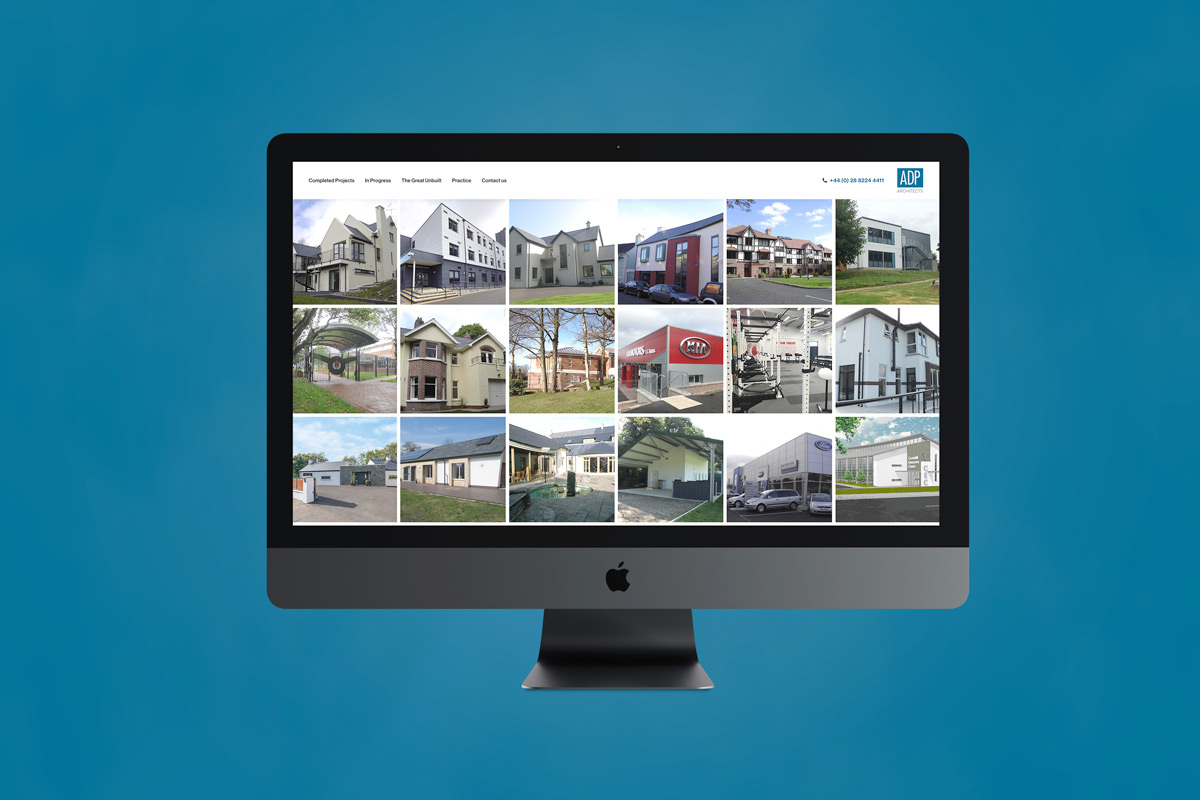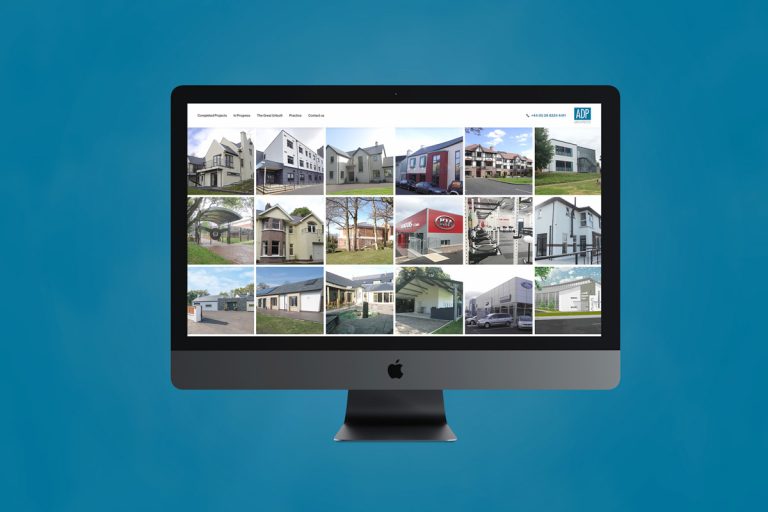Welcome to our blog post on the web design process, where we’ll take you through the key stages involved in a typical web design project. Whether you’re a business owner looking to revamp your online presence or a web designer seeking insights into industry best practices, this guide will provide you with a comprehensive overview of the web design journey.
Step 1 – Planning: Defining User Needs and Creating a Sitemap
Understanding Your Target Audience:
To create a successful website, it’s crucial to understand your target audience. Start by identifying the specific demographics and characteristics of your website users. Conduct market research and gather user feedback to determine their needs, preferences, and expectations. This insight will help you tailor your design and content to meet their requirements effectively.
Defining Goals and Objectives:
Collaborate with stakeholders to establish clear goals for the website project. These goals should align with your organisation’s overall mission and brand identity. By clearly defining your objectives, you can ensure that the website’s design and functionality are optimised to achieve these goals.
Creating a Website Sitemap:
A well-structured website is essential for a seamless user experience. Create a sitemap to organise your site’s content and define the hierarchy of pages. Consider the logical flow of information and intuitive navigation to enhance usability. A well-designed sitemap serves as a blueprint for the website’s architecture and helps you prioritise content placement.
Step 2 – Design: Layout, Style Research, Wireframes, and Visuals
Layout and Style Research:
Immerse yourself in design trends, competitor websites, and industry benchmarks. This research phase will provide you with inspiration and insights into what works well in your industry. Develop a design strategy that aligns with your brand identity and resonates with your target audience. Balance creativity with usability to create a visually appealing and functional design.
Wireframes: Building the Blueprint:
Once you have a clear understanding of the site’s structure, create wireframes. These are skeletal frameworks that represent the website’s layout and structure without the visual design elements. Focus on user experience and ensure clear content organisation and intuitive user interactions. Through feedback and usability testing, iterate and refine the wireframes to optimise the user journey.
Creating Full-Color Visuals:
Now it’s time to bring your design to life. Incorporate carefully selected imagery, typography, and color schemes that align with your brand. Develop a consistent visual language that enhances user engagement and reinforces your brand identity. Present full-color visuals to clients for feedback and revisions, ensuring their input is incorporated into the final design.
Step 3 – Build: Developing a Website
Selecting the Right Platform:
Choose a suitable content management system (CMS) based on project requirements and client needs. WordPress is a popular choice due to its flexibility and extensive plugin ecosystem. Evaluate the benefits and features offered by the chosen CMS to ensure scalability and ease of content management.
Front-End Development:
Transform the approved design into a functional website using HTML, CSS, and JavaScript. Ensure your design is responsive, adapting seamlessly to different devices and screen sizes. Optimise the website’s performance and loading speed to provide users with an optimal experience.
Back-End Development and CMS Integration:
Implement the necessary functionalities and features using appropriate programming languages. Integrate the chosen CMS, such as WordPress, to facilitate content management and updates. Install and configure plugins and extensions to enhance the website’s functionality and meet specific requirements.
Testing and Quality Assurance:
Thoroughly test the website to identify and resolve any functional, compatibility, or performance issues. Ensure cross-browser compatibility and validate the website’s compliance with web standards. Conduct user testing to gather feedback and make necessary adjustments, ensuring the website meets user expectations.
Conclusion:
In this blog post, we’ve explored the typical web design process, encompassing planning, design, and building stages. By understanding your target audience, defining clear goals, creating intuitive layouts, and developing functional websites, you can establish a strong online presence. Remember, each web design project is unique, and flexibility and collaboration are key to delivering exceptional results.
We hope this guide has provided you with valuable insights and a better understanding of the web design journey. Whether you’re embarking on a new project or revamping an existing website, following a structured process will help you achieve success in creating a user-friendly, visually appealing, and functional website.


